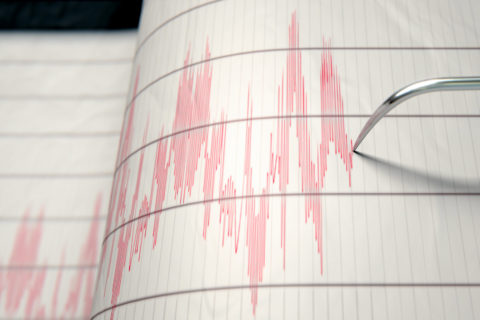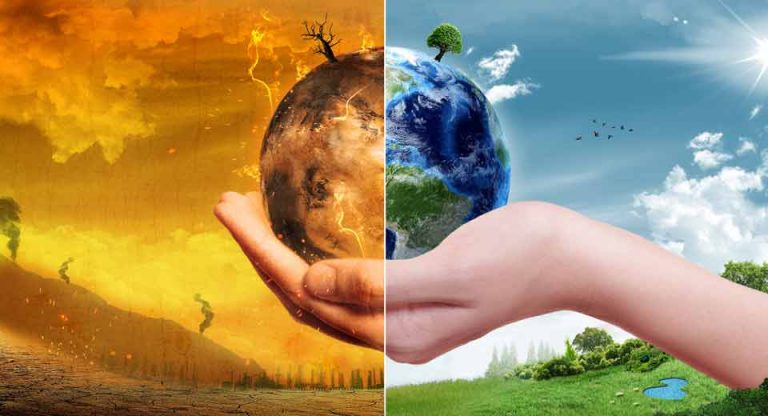Parenting(Age 5 to 8) | Academic | General | Parenting(Age 9 to 12) | Parenting(Age 13 to 16) | Apr 28, 2022
Underground effects of earthquakes

A sudden tectonic shift in the earth's crust causes earthquakes. Orogeny occurs when the earth's crust's tectonic plates slide over one another, causing earthquakes and volcanoes.
When these plates move, stress is created, this is released as shock waves. Seismic waves, also known as S waves, are formed when the earth's surface is shaken by the abrupt release of energy in the earth's crust. And the type of earthquake and the magnitude of the earthquake are determined by these seismic activity in a given area.
The specific term that is used to describe the vibration of the ground during an earthquake is Ground shaking. Body waves and surface waves are the two waves that cause the ground to shake. The severity of ground shaking diminishes as the distance from the causal liability increases, and the rigour of ground shaking increases with the magnitude grows. Ground shaking can be explained in terms of body waves, compressional or P waves, and shear or S waves, as well as surface waves, Rayleigh and Love waves, despite the physics of seismic waves being complex.
The first wave to cause vibration, is the compressional waves or the P waves, that propagate through the Earth with a speed of about 15,000 miles per hour. S waves or the shear wave, arrive next to the p wave and cause a structure to vibrate from side to side, these waves cause the foremost damage, because buildings will be easily damaged from the horizontal motion than from the vertical motion.
These two waves, mainly causes high-frequency vibrations, whereas, Rayleigh waves and Love waves, arrives last at the particular area, and further cause low-frequency vibrations. These waves cause the ground and building, to vibrate in a very complex manner. So, to withstand the ground shaking caused by these waves, earthquake resistant building is designed.
The intensity of ground shaking depends on three things:
- The present conditions of the local geology which further influences the cascades of events, like solid bedrock is far less answerable to intense shaking than loose sediment will have.
- The duration and intensity of the earthquake and its magnitude.
- And last is the distance, the severity of ground shaking decreases as the distance from the causal liability increases.
The following are some of the subsurface impacts of earthquakes:
- There are landslides and rockslides when ground shaking is there.
- Fires is one of the common side effects of earthquakes. Gas is set free as gas lines are broken which are present underground.
- Tsunamis are the most dangerous effect of the earthquake as it can trigger the waves to reach up to the height of 100 feet.
- Sometimes, spillage of hazardous chemicals also happens when there is an earthquake of high magnitude as well.
Want access to expert academic guidance — for free? When you create your free Vnaya account, you will have an option to ask a Question, Book a Demo session, talk to our Academic Experts, and get Professional Parenting Support —all for Free! Our Academic Counselor will help you learn how to improve your academic performance by assessing your learning style and curating a personalized lesson plan for you!
Sign up for your Vnaya account today to get a boost on your academic quest.
















Post a Comment: